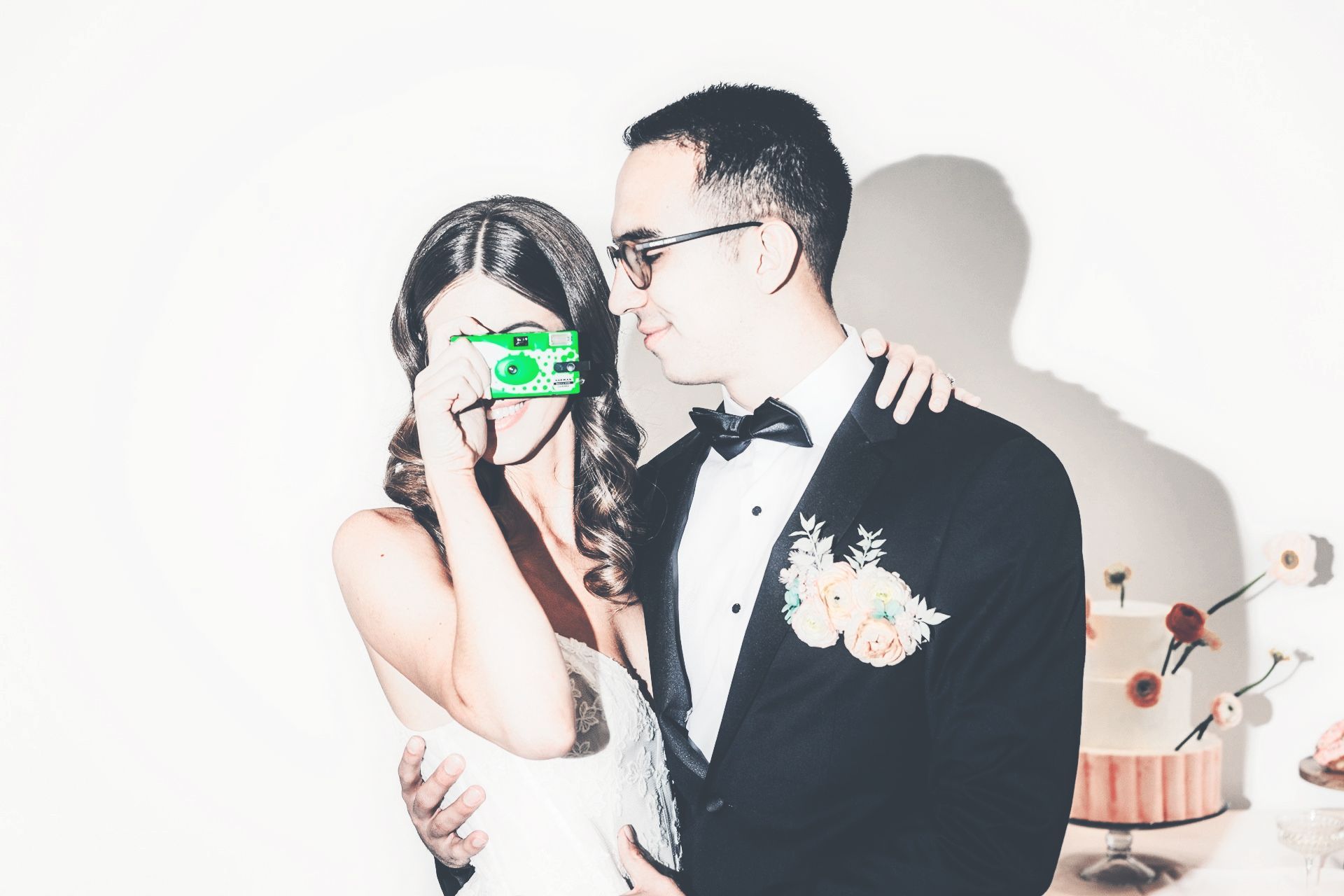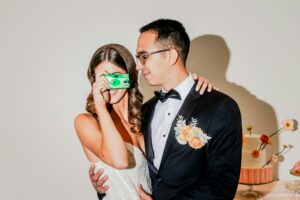
Muted colors aren’t just a passing trend — they’re a timeless aesthetic that continues to gain popularity across photography, social media, branding, and digital art. Whether you want to create calm, dreamy portraits or cohesive visuals for your Instagram feed, learning how to use muted colors in photo editing can instantly elevate your style.
In this in-depth guide, you’ll discover everything you need to know about muted colors — what they are, why they work, when to use them, and how to apply muted color filters using Colorcinch’s powerful AI photo editor.
What Are Muted Colors?
Muted colors refer to tones that have been desaturated, toned down, or softened by mixing them with gray, black, or white. Instead of bold, eye-popping hues, muted colors feel subtle, soothing, and sophisticated. Think soft dusty pinks, warm taupes, misty blues, olive greens, terracotta oranges, and pale lavender tones.
Common traits of muted color palettes:
- Low saturation
- Subdued brightness
- Earthy and pastel undertones
- A neutral or calming visual effect
Muted color schemes are frequently used in:
- Minimalist design and branding
- Fashion photography and editorial shoots
- Vintage-inspired aesthetics
- Lifestyle blogs and Instagram feeds
- Product photography for clean and modern looks
Why Are Muted Colors So Popular?
Muted colors work beautifully for modern storytelling because they:
- Evoke nostalgia, softness, or introspection
- Feel less aggressive than vivid, saturated tones
- Let subjects stand out without distraction
- Enhance the emotional quality of your visuals
Whether you’re a photographer, content creator, small business owner, or creative hobbyist, using muted color tones in photo editing can give your images a professional and artful look.


Why Use a Muted Colors Filter for Your Photos?
Applying a muted color photo filter is one of the easiest ways to instantly change the mood of your image. Instead of bright, intense colors that pull attention, muted color filters give your photos a refined, consistent, and aesthetically pleasing feel.
Here are five great reasons to use muted tones in photo editing:
1. Create Calm, Elegant Portraits
Muted filters are perfect for softening harsh shadows or overexposed areas in portraits. They bring out subtle details in the face, skin tone, and clothing without making your image look flat.
2. Reduce Brightness Without Losing Quality
Desaturated tones can balance overly vibrant photos taken in harsh lighting. With tools like Colorcinch, muted tones enhance your image without reducing sharpness.
3. Build an Aesthetic Instagram Feed
Using a muted color aesthetic for your Instagram feed or blog thumbnails adds visual cohesion and subtle beauty. It’s a popular strategy among lifestyle influencers and brand photographers.
4. Evoke Emotions and Tell Stories
Muted tones are ideal for romantic, nostalgic, or moody vibes. They work well in storytelling, wedding albums, vintage-themed edits, or travel blogs.
5. Focus Attention on the Subject
Without bright colors to compete for attention, the subject of your photo becomes the clear focal point. Muted colors allow your audience to focus on composition and message.
How to Apply a Muted Colors Filter on Colorcinch
Colorcinch makes it incredibly easy to apply aesthetic muted tones to your photos in just a few clicks. Here’s a step-by-step tutorial:
Step 1: Upload Your Image
Go to Colorcinch and upload your high-resolution photo.
Step 2: Open the Filters Menu
From the left-side menu, select Filters and choose the Muted Colors category.

Step 3: Adjust the Filter Intensity
Use the adjustable slider to control how muted or soft you want your colors to appear. This is great for fine-tuning the mood and effect of your image.
Step 4: Enhance with Extra Effects (Optional)
Want more vintage flair or editorial polish? Try layering the muted colors filter with effects like:
- Grain for film-like texture
- Vignette for depth and focus
- Cartoonizer for creative or pop-art looks
Step 5: Download in High Resolution
Click download and save your image in full quality — ready for web use, social media, or print.
Colorcinch uses an AI-powered engine to intelligently desaturate and balance your image, keeping details crisp while softening colors. It’s perfect for beginners and professionals alike.
Best Photo Types for Muted Color Editing
Wondering which photos work best with muted color filters? Here are the top categories that naturally lend themselves to soft, desaturated editing:
Portraits & Lifestyle Photography
Skin tones, clothing, and backgrounds look incredibly polished in muted tones. It’s ideal for bloggers, influencers, or wedding photographers.
Urban & Architecture Shots
Muted filters enhance textures in buildings and street shots without making them look harsh or sterile.
Nature & Landscape Photos
Soft color palettes can emphasize the natural beauty of outdoor scenes, especially during sunrise, sunset, or cloudy days.


Product & Flat-Lay Photography
Muted tones highlight the product, create consistency, and add a modern minimalistic edge — especially great for eCommerce and social media.
Vintage Family Photos
Apply a muted filter to old scanned photographs to give them a gentle refresh without losing their nostalgic charm.
Muted Colors vs. Black & White vs. Sepia
| Filter Type | Visual Style | Best Use Cases |
|---|---|---|
| Muted Colors | Soft, desaturated hues | Modern aesthetics, portraits, social media |
| Black & White | No color, high contrast | Dramatic, documentary, timeless shots |
| Sepia | Warm brown overlay for vintage look | Retro photography, heritage projects |
Muted filters strike the perfect balance between color and emotion — ideal for when you want subtle expression without going fully monochrome.


Creative Ideas for Using Muted Color Filters
Muted tones can serve as a versatile style choice across platforms and projects. Here are a few creative ways to incorporate them into your visual workflow:
1. Curate a Muted Instagram Feed
Choose a consistent muted palette for a seamless, scroll-stopping look. With Colorcinch, you can easily apply the same muted filter to multiple images for a cohesive aesthetic—just a few quick edits and you’re all set.
2. Edit Wedding or Couple Albums
Muted filters add romance and warmth to wedding photos, engagement shoots, or couple portraits — perfect for memory-keeping or client delivery.
3. Enhance Branding and Product Visuals
Soft colors align well with eco-conscious, artisanal, and minimalist brands. Use muted filters to elevate your product photography or promotional content.
4. Design YouTube Thumbnails
Muted thumbnails with clean typography stand out in a sea of oversaturated, busy previews — and often lead to higher engagement.
5. Create Mood Boards or Storyboards
Need to pitch a concept or develop a visual brand identity? Muted color filters help convey mood, elegance, and professionalism.
Try the Muted Colors Filter on Colorcinch Today
If you’re looking to elevate your photography with minimal effort, the Muted Colors Filter on Colorcinch is the perfect tool. It’s simple, fast, and entirely web-based — no need to download any complex software or be a Photoshop pro.
Try Muted Colors Filter Now on Colorcinch
Whether you’re editing portraits, landscapes, vintage family photos, or product shots, muted tones add elegance and intention to every image. The result? Timeless, cohesive visuals that resonate with your audience.
Final Thoughts: Why Muted Colors Will Always Be in Style
In a world oversaturated with loud visuals, muted colors are a breath of fresh air. They’re calming, artistic, and quietly powerful. By learning how to use muted color filters in your photography, you open up a new level of storytelling — one filled with nuance, mood, and intentional design.
With Colorcinch, achieving this refined look has never been easier. So go ahead, upload your favorite photo, and see how a subtle filter can make a big impact.



